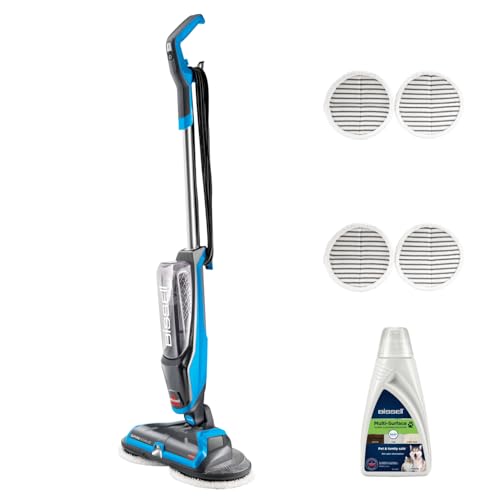
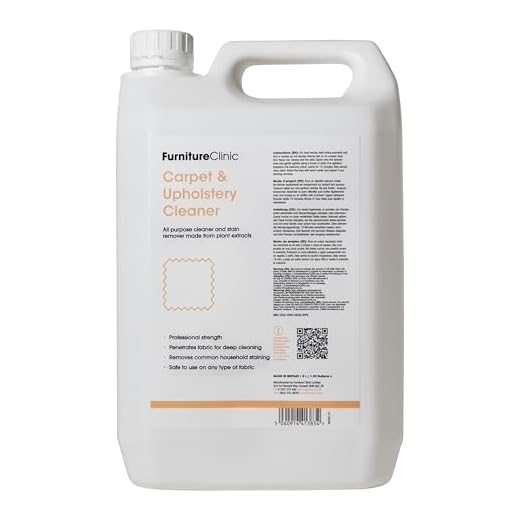



Mould can be a stubborn and unsightly problem, especially when it appears on your fabric. Whether it’s on your favourite dress, curtains, or upholstery, mould can be difficult to remove and can cause further damage if not treated properly. Fortunately, there are effective ways to tackle mould on fabric, and with the right tips and techniques, you can restore your fabric to its former glory.
One of the most important things to remember when dealing with mould on fabric is to act quickly. The longer mould is left untreated, the more it can spread and damage the fabric. As soon as you notice mould, it’s essential to take immediate action to address the problem.
A common method for removing mould from fabric is by using a vinegar solution. Vinegar is a natural disinfectant and can help kill the mould spores. To use vinegar, mix equal parts vinegar and water and apply the solution to the affected area. Leave it to sit for a few minutes, then scrub gently with a brush or sponge. Rinse thoroughly and allow the fabric to air dry.
If vinegar doesn’t do the trick, you can also try using hydrogen peroxide. Hydrogen peroxide can be effective in killing mould and whitening the fabric. To use, mix equal parts hydrogen peroxide and water, then apply the solution to the mouldy area. Leave it for 10-15 minutes, then rinse thoroughly and let it dry.
It’s important to note that prevention is key when it comes to mould on fabric. To prevent mould from growing on your fabric, ensure that the area is well-ventilated and that there is no excess moisture. Regularly clean and dry your fabric thoroughly to avoid any mould growth. By taking proactive measures, you can significantly reduce the likelihood of mould appearing on your fabric in the first place.
In conclusion, mould on fabric can be a nuisance, but with the right tips and techniques, you can effectively remove it. Acting quickly, using vinegar or hydrogen peroxide solutions, and practicing prevention are all essential steps in successfully tackling mould on fabric. By following these expert tips, you can restore your fabric and keep it mould-free in the future.
Expert Tips for Mould Removal from Fabric
1. Act Quickly
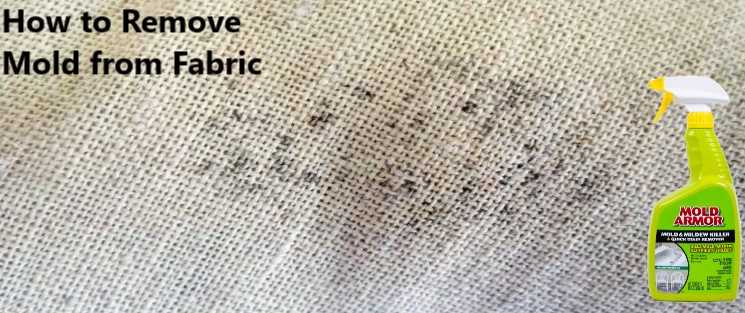
Mould can spread quickly and cause damage to fabrics, so it’s important to act as soon as you notice it. The sooner you address the issue, the easier it will be to remove the mould and prevent further growth.
2. Wear Protective Gear
Before starting the mould removal process, make sure to protect yourself by wearing gloves, a mask, and goggles. This will help prevent any potential health risks associated with mould exposure.
3. Remove Excess Moisture
Mould thrives in damp environments, so it’s important to remove any excess moisture from the fabric before attempting to remove the mould. You can do this by using a dry cloth or towel to blot the area or by using a fan to help dry it out.
4. Use Vinegar
Vinegar is an effective natural remedy for removing mould from fabric. Mix equal parts white vinegar and water in a spray bottle and spray the affected area. Let it sit for a few minutes, then scrub gently with a soft brush or cloth. Rinse with clean water and allow the fabric to air dry.
5. Try Baking Soda
Baking soda is another natural option for removing mould from fabric. Mix one part baking soda with one part water to create a paste. Apply the paste to the mouldy area and let it sit for at least an hour. Afterward, scrub the area with a soft brush or cloth. Rinse with clean water and allow the fabric to air dry.
6. Use Bleach, If Safe
If the fabric is white or colorfast, you can use a diluted bleach solution to remove mould. Mix one part bleach with three parts water and apply it to the affected area. Let it sit for a few minutes, then scrub gently with a soft brush or cloth. Rinse thoroughly with clean water and allow the fabric to air dry.
7. Consider Professional Cleaning
If the mould is extensive or if the fabric is delicate or valuable, it may be best to seek professional cleaning services. Professional cleaners have the knowledge and equipment to effectively remove mould without causing further damage to the fabric.
8. Prevent Future Mould Growth
To prevent future mould growth on fabric, make sure to keep the area clean and dry. Avoid storing damp clothes or fabrics, and use proper ventilation in areas prone to moisture. Regularly inspect and clean fabrics to catch any mould growth early on.
By following these expert tips, you can effectively remove mould from fabric and keep your belongings clean and safe. Remember to always prioritize your safety and consult professionals when needed.
Understanding the Dangers of Mould on Fabric
Mould is a type of fungus that can grow on various surfaces, including fabric. When left untreated, mould on fabric can pose several dangers to your health and the integrity of the material. Understanding these dangers can help you take the necessary steps to remove mould and prevent its return.
Health Risks
Mould on fabric can release spores into the air, which can lead to respiratory problems and allergic reactions. Breathing in these spores can cause symptoms such as coughing, wheezing, nasal congestion, and throat irritation. People with allergies or asthma may be especially sensitive to mould spores and may experience more severe symptoms.
In addition to respiratory issues, mould exposure can also lead to skin irritations and infections. Direct contact with mould-infested fabric can cause rashes, itchiness, and fungal infections on the skin.
Material Damage
Mould can cause significant damage to fabric if left untreated. It can weaken the fibres, leading to fraying, discoloration, and deterioration of the material. This can affect the appearance and durability of clothing, upholstery, and other fabric items.
Furthermore, mould stains can be difficult to remove, especially if they have been left to set for a long time. The longer mould remains on fabric, the deeper it can penetrate the fibres, making it harder to fully eliminate the problem.
Spreading and Contamination
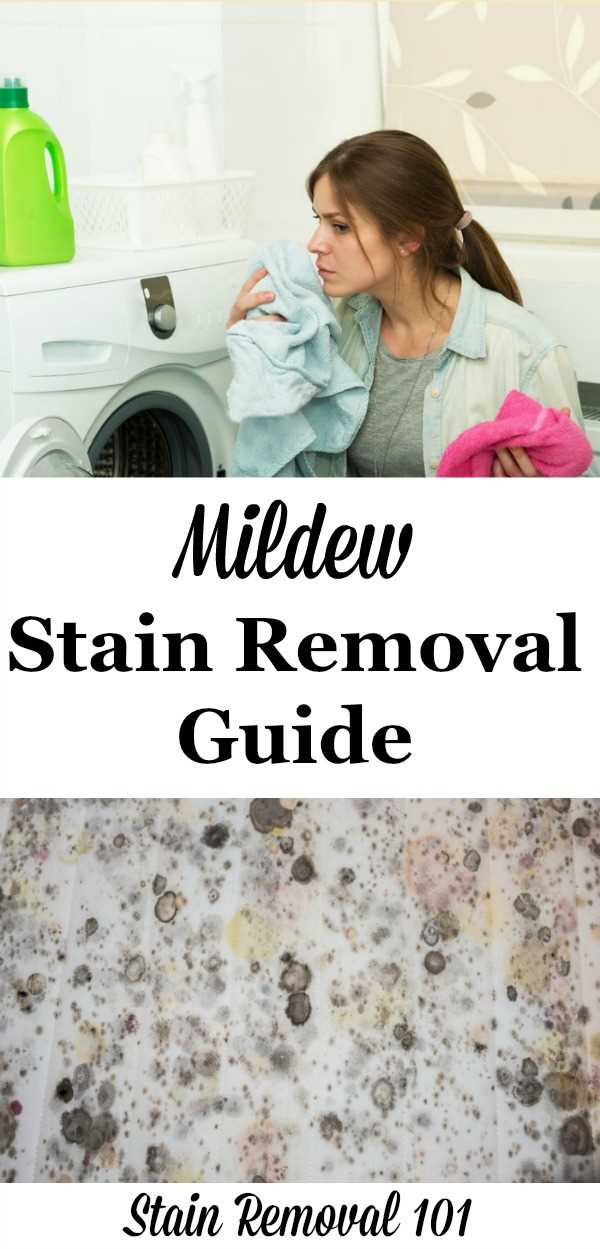
Mould on fabric can easily spread to other items and surfaces if proper precautions are not taken. Mould spores are tiny and lightweight, allowing them to become airborne and settle on nearby materials. This can lead to the contamination of other fabrics, furniture, and even walls.
Once mould spreads to different areas, the cleanup process becomes more challenging and time-consuming. It is crucial to address mould on fabric as soon as it is noticed to prevent further contamination and damage.
Conclusion
Mould on fabric is not just unsightly; it can also pose significant health risks and cause damage to the material. Taking proactive measures to prevent and remove mould is essential for maintaining a healthy environment and prolonging the lifespan of your fabric items.
If you discover mould on fabric, it is recommended to consult a professional or follow effective cleaning methods to safely and effectively remove the mould. Regular cleaning and proper fabric maintenance can help prevent future mould growth and ensure the longevity of your fabric possessions.
Identifying Mould on Fabric
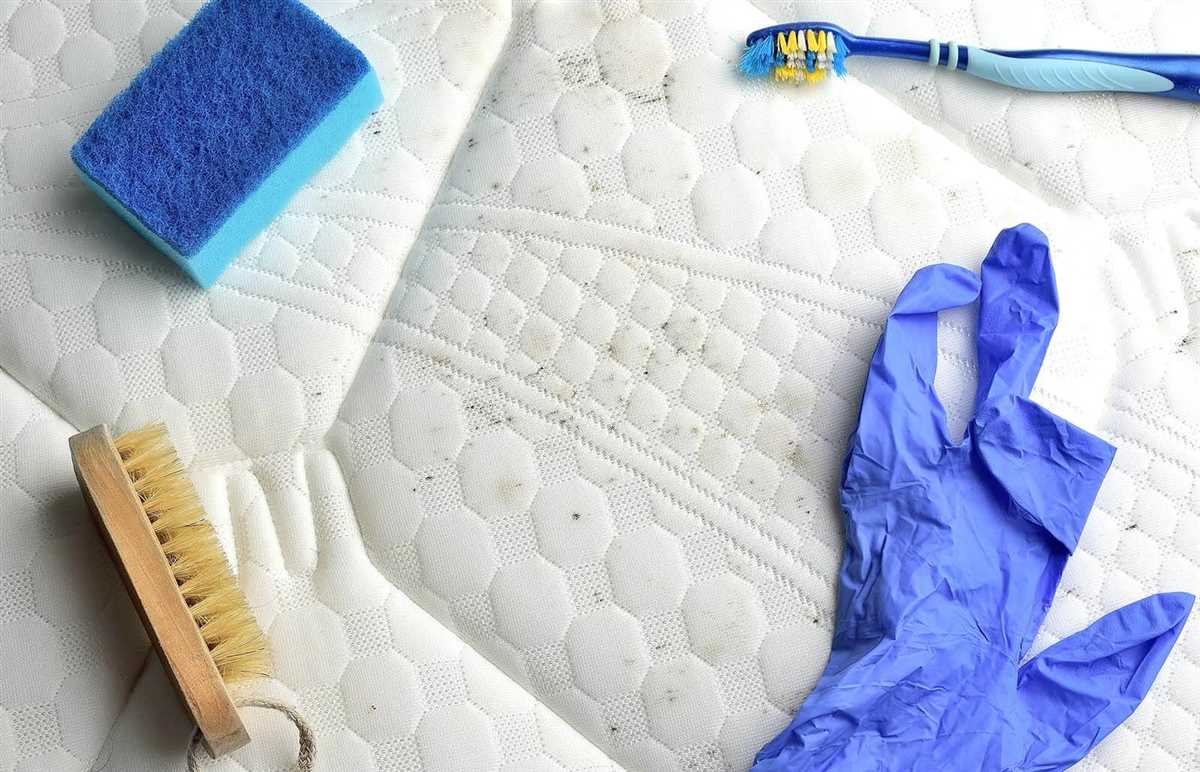
Mould on fabric can be unappealing and often has a musty odor. It is important to identify and address mould growth on fabric as soon as possible to prevent further damage.
Here are some ways to identify mould on fabric:
- Visual inspection: Look for visible signs of mould growth on the fabric. Mould typically appears as dark spots or patches, often with fuzzy or powdery texture.
- Musty odor: Take a sniff of the fabric. If it has a musty or unpleasant smell, it could indicate the presence of mould.
- Discoloration: Mould can cause fabric to change color. Look for any unusual or dark spots on the fabric.
- Texture: Mould can make fabric feel damp or slimy to the touch. If the fabric feels different than usual, it may be due to mould growth.
If you suspect that your fabric has mould, it is important to act quickly to prevent it from spreading to other items and causing further damage. Remove the affected fabric from the area and avoid brushing or touching it, as this may release mould spores into the air.
Once you have identified mould on your fabric, you can proceed to remove it using appropriate cleaning methods. It is recommended to consult with professionals or follow expert guidelines to ensure safe and effective mould removal from fabric.
Preventive Measures to Avoid Mould Growth on Fabric
Mould can be a pesky and persistent problem, especially when it comes to fabric. To prevent mould growth on fabric, it is important to take some preventive measures. Here are some effective ways to avoid mould growth:
1. Keep fabrics clean and dry
The first step in preventing mould growth on fabric is to ensure that it stays clean and dry. Regularly clean and launder your fabrics to remove any moisture, dirt, or organic matter that could promote mould growth. Make sure to follow the fabric’s care instructions when cleaning to avoid any damage.
2. Store fabrics in a dry environment
When storing fabrics, choose a dry and well-ventilated area. Avoid storing them in damp basements or attics, as these areas are more prone to mould growth. Use plastic containers or garment bags to protect your fabrics from moisture and dust.
3. Use moisture absorbers
Consider using moisture absorbers, such as desiccants or silica gel packets, in storage areas to absorb excess moisture. These can help prevent mould growth by reducing the humidity level in the environment.
4. Avoid overcrowding
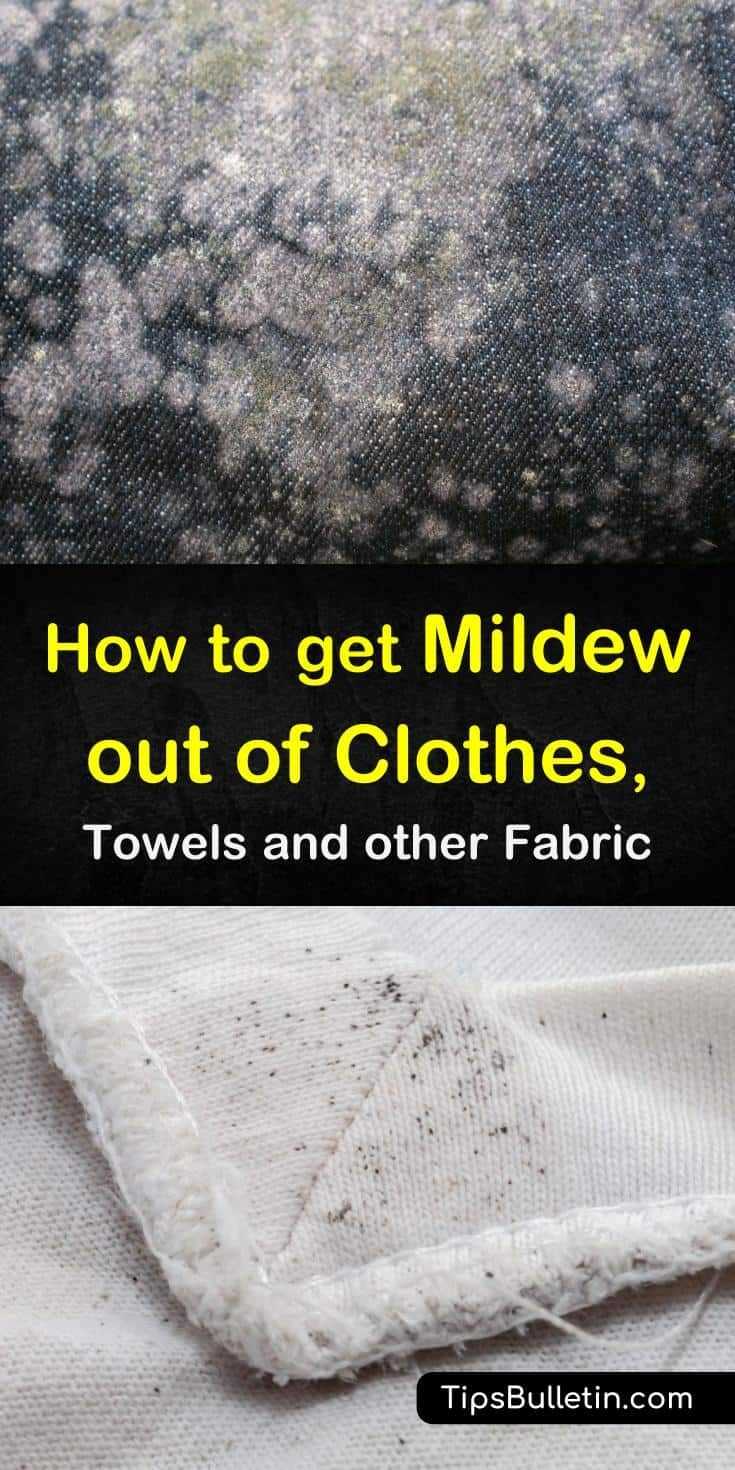
Avoid overcrowding your storage space or closet with too many fabrics. This can restrict proper air circulation, leading to increased humidity levels and mould growth. Allow enough space for air to circulate around the fabrics.
5. Control indoor humidity levels
Maintaining proper indoor humidity levels can significantly reduce the risk of mould growth on fabric. Use dehumidifiers or air conditioners to keep the humidity below 50%. You can also use exhaust fans in high-moisture areas like bathrooms and kitchens.
6. Regularly inspect fabrics for signs of mould
Regularly inspect your fabrics for any signs of mould growth. If you notice any discoloration, musty smell, or fuzzy spots on the fabric, take immediate action to remove the mould to prevent further spread.
By following these preventive measures, you can significantly reduce the chances of mould growth on your fabrics. Remember, it is essential to address any mould issues promptly to prevent further damage and health risks.
Effective Techniques for Removing Mould from Fabric
1. Vinegar Solution
Mix equal parts of white vinegar and water in a spray bottle. Apply the solution directly to the mould-affected area of the fabric.
Let it sit for about 10-15 minutes, then scrub the area gently with a soft brush or cloth.
Rinse the fabric with cold water and let it air dry. Repeat the process if necessary.
2. Baking Soda Paste
Create a paste by mixing baking soda and water until it forms a thick consistency.
Apply the paste to the mould-affected fabric and gently scrub it with a soft brush or cloth.
Allow the paste to sit on the fabric for about 30 minutes, then rinse it off with cold water.
Wash the fabric as usual and let it air dry. Repeat the process if needed.
3. Tea Tree Oil Solution
Mix one teaspoon of tea tree oil with one cup of water in a spray bottle.
Spray the solution onto the mouldy area of the fabric and let it sit for 15-20 minutes.
Gently scrub the fabric with a soft brush or cloth to remove the mould.
Rinse the fabric with cold water and let it air dry. Repeat the process if required.
4. Hydrogen Peroxide Solution
Combine equal parts of hydrogen peroxide and water in a spray bottle.
Spray the solution onto the mould-infested fabric and let it sit for 10-15 minutes.
Scrub the fabric gently with a soft brush or cloth to remove the mould.
Rinse the fabric thoroughly with cold water and allow it to air dry. Repeat if necessary.
5. Bleach Solution
Be cautious when using bleach, as it may discolor or damage certain fabrics.
Mix 1 part bleach with 3 parts water in a spray bottle.
Spray the solution onto the mouldy fabric and let it sit for 5 minutes.
Rinse the fabric thoroughly with cold water to remove the bleach.
Wash the fabric separately in the washing machine and air dry. Use bleach only on white and colorfast fabrics.
6. Prevention Tips
- Keep fabrics clean and dry to prevent mould growth.
- Store fabrics in a well-ventilated area.
- Use dehumidifiers or fans to reduce moisture in the air.
- Avoid placing damp fabrics in enclosed spaces.
- Regularly clean and inspect areas prone to mould, such as basements, bathrooms, and closets.
By following these effective techniques and prevention tips, you can successfully remove mould from fabric and prevent its recurrence.
FAQ
How can I remove mould from fabric?
There are several effective ways to remove mould from fabric. One method is to mix equal parts of vinegar and water, then soak the affected fabric in the solution for 1-2 hours, rinse it thoroughly, and wash as usual. Another method is to make a paste with baking soda and water, apply it to the mouldy area, let it sit for a few hours, then brush off the dried paste and wash the fabric. You can also try using hydrogen peroxide or bleach, but be sure to follow the instructions on the product label and test it on a small, inconspicuous area of the fabric first.
What is the best way to prevent mould from growing on fabric?
The best way to prevent mould from growing on fabric is to keep the fabric clean and dry. Make sure to wash and dry the fabric thoroughly before storing it, as mould thrives in damp environments. If you have items that are already mouldy, it’s important to remove the mould as soon as possible to prevent further growth. Store fabrics in well-ventilated areas and consider using moisture-wicking or breathable storage bags or containers. You can also use moisture absorbers, such as silica gel packets, to help control humidity levels.
Can mould damage fabric?
Yes, mould can damage fabric. It can cause staining, discolouration, and a musty odour. If left untreated, mould can also weaken the fabric fibers and lead to deterioration. That’s why it’s important to remove mould from fabric as soon as possible to prevent further damage.
Is it safe to use bleach to remove mould from fabric?
Bleach can be used to remove mould from fabric, but it should be used with caution. It’s important to follow the instructions on the product label and to test it on a small, inconspicuous area of the fabric first to avoid damaging or discolouring the fabric. It’s also essential to use bleach in a well-ventilated area and to take proper safety precautions, such as wearing gloves and protective eyewear. If you’re unsure about using bleach, you can try other methods, such as vinegar or hydrogen peroxide.
Is it possible to remove mould from delicate fabrics?
Yes, it is possible to remove mould from delicate fabrics, but it requires extra care. For delicate fabrics, it’s best to use a mild solution of vinegar and water and to gently soak the fabric for a shorter period of time. Avoid scrubbing or rubbing the fabric too vigorously, as this can cause damage. After removing the mould, rinse the fabric thoroughly and let it air dry. If you’re unsure about treating a delicate fabric, it’s always a good idea to consult a professional cleaner for advice.









